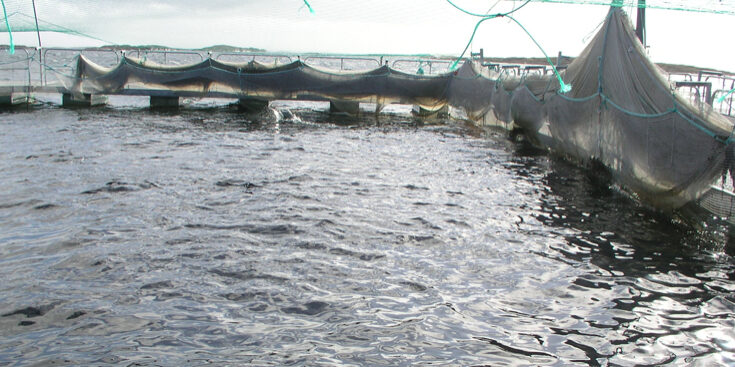
Those with lowest expectations needs more involvement
Contact persons

Lillian Hansen (contract completed January 2020)
Doctoral Student/Researcher
lillian.hansen@ruralis.no
Hilde Bjørkhaug (contract completed March 2020)
Research Professor (Contracted from NTNU to be Project leader on GoodAnimal)
hilde.bjorkhaug@ntnu.no
Fredrik Kampevoll (ended October 2018)
Communication Consultant/Research Assistant
fredrik.kampevoll@ruralis.noShare article:
Expectations towards the bioeconomy varies considerably between sectors, which hampers the transition towards a bioeconomy society.
– Aquaculture, forestry and biotechnology view themselves as important actors in the bioeconomy. Agriculture on the other hand, is neither particularly positive nor negative when it comes to expectations for the bioeconomy, says Lillian Hansen, PhD candidate at Ruralis.

Lillian Hansen, PhD candidate at Ruralis.
The study, published in Sustainability, analyses survey material from 1,315 respondents from private sector and research communities in Norway.
Renewable resources and circular economy
A transition towards a bioeconomy society entails an economy based upon renewable instead of non-renewable resources.
Hilde Bjørkhaug
– A circular economy, which reuses materials instead of disposing them, is an important part of the bioeconomy. Efficient reuse of resources requires cooperation across traditional sector boarders. The transition to the bioeconomy requires common goals and expectations from the actors in the bioeconomy. Different expectations and engagement between the sectors suggests that such cooperation can be a challenge, says co-author Hilde Bjørkhaug.
Based on this, some sectors could benefit from extra nourishing.
– To ensure long-term planning, agriculture, R & D, transportation, trade and distribution will require more coordination and attention, says Hansen.
Expectations towards the bioeconomy
Closer cooperation with other sectors correlates with higher expectations towards the bioeconomy.

Hilde Bjørkhaug
– This emphasize the importance of cooperation. The agricultural sector is particularly important to involve in the bioeconomy, since many are uncertain about their future role in this, argues Hansen.
Among the mapped sectors, biotechnology reported the highest expectations in the bioeconomy.
– This is not particularly surprising as the bioeconomy is at the core of their business, says Hansen.
Future importance
Respondents’ view on nature affects their views on the bio economy.
– Higher expectations towards the bioeconomy relates to views that emphasize sustainability, and that nature cannot withstand everything, although we cannot predict for sure which direction, the causality goes. The industrial sectors was somewhat less concerned with sustainability compared with agriculture. This may be because they do not work too closely with nature on a daily basis, says Hansen.
The bioeconomy will become increasingly important in the future, says Hansen.
– This has become a key goal for politicians around the world, including Norway. The Norwegian government has launched its own bioeconomy strategy, in addition to giving the bioeconomy a central place in the Green Competitiveness Report. The need for sustainable use of resources, increased demand for food and energy and the need for economic growth that do not endanger the environment, makes the question of how the bioeconomy develop, important, argues Hansen.
Contact persons

Lillian Hansen (contract completed January 2020)
Doctoral Student/Researcher
lillian.hansen@ruralis.no
Hilde Bjørkhaug (contract completed March 2020)
Research Professor (Contracted from NTNU to be Project leader on GoodAnimal)
hilde.bjorkhaug@ntnu.no
Fredrik Kampevoll (ended October 2018)
Communication Consultant/Research Assistant
fredrik.kampevoll@ruralis.no